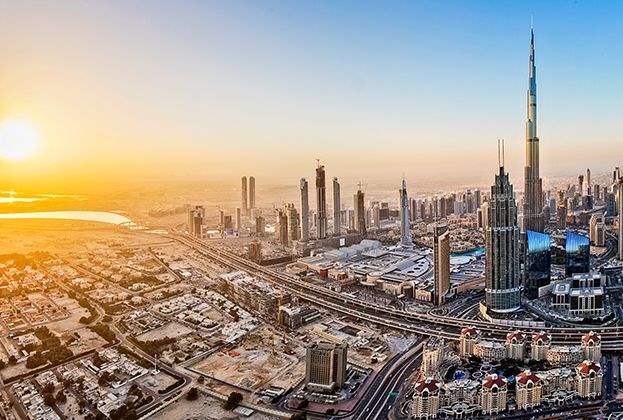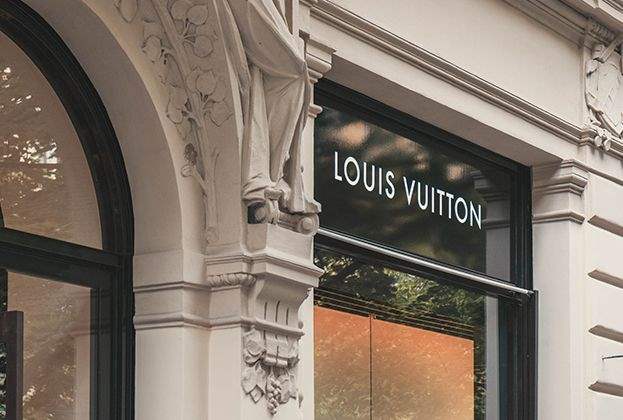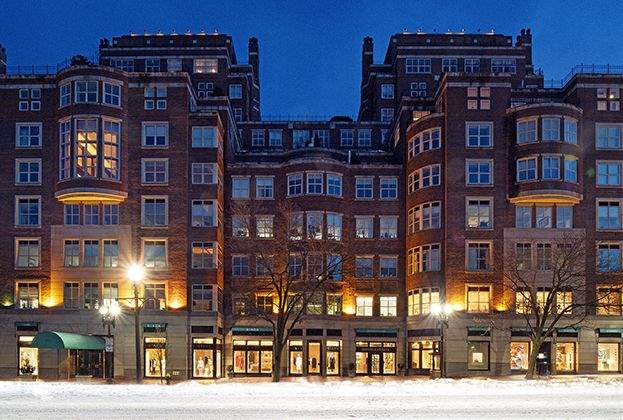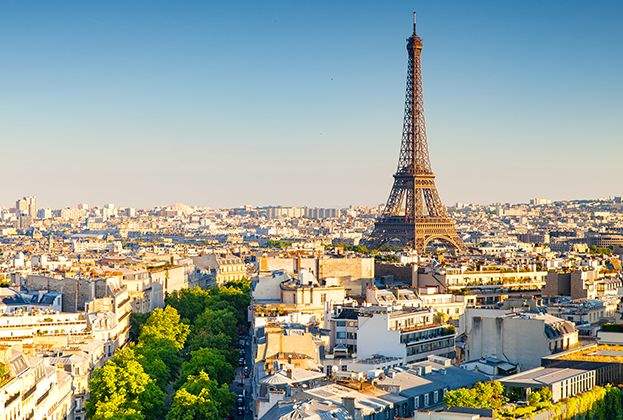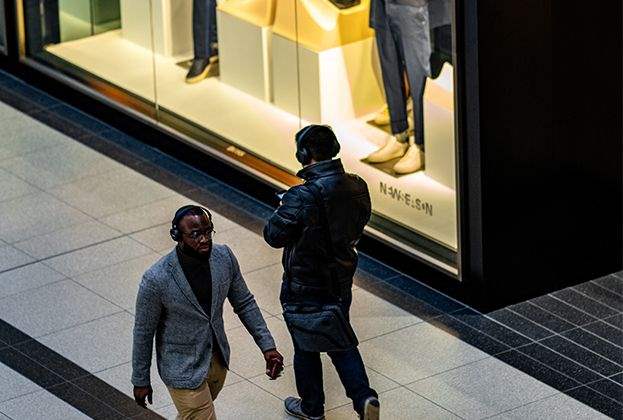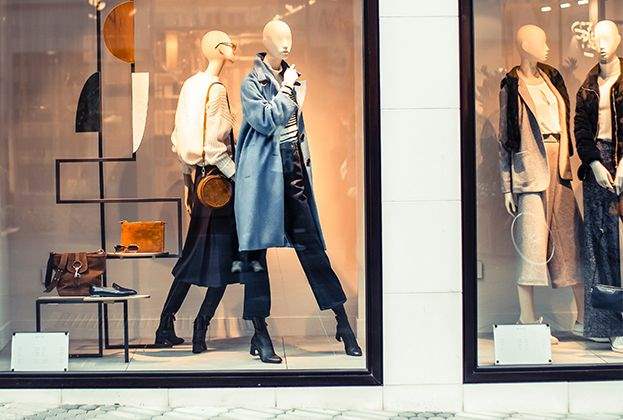Much of the growth in luxury spend in 2018 was driven by millennials and their younger counterparts Gen Z. Chinese Gen Z’s (those born after 1998) in particular wield much greater spending power than their counterparts in other countries, accounting for a reported 15% of all household spending in China compared to 4% in the UK and United States
Considering that 53% of the Chinese population are either Gen Z or millennials the influence of this group on luxury brands and their stores will intensify as this generation enters the workforce and their incomes increase. Yet, what constitute as luxury and how these younger consumers prefer to engage with brands is very different from previous generations.
Streetwear, ‘experiences’, pre-owned, rental and off price have now become key elements of the luxury landscape driven by the preferences of millennial and Gen Z consumers. Likewise the lower entry point offered by these segments has opened up luxury to a wider audience evidenced by the stronger sales growth seen for luxury footwear and accessories. Alongside this, the growth in online and social media has further democratised the luxury market and is reflected in the funding and acquisition trends of the large luxury houses such as LVMH and Richemont.
.jpg)
But, what does this mean for ‘stores’ and global luxury destinations going forward?
From a landlord perspective, what constitutes a luxury occupier is evolving as is the store experience. Luxury brand spaces are becoming more experience focused and digitally enhanced rather than just a store in the traditional sense. For some of the larger heritage brands this is resulting in a move towards fewer and larger stores in prime locations in key destination cities; stores that can provide the experience while also showcasing the full range of products. For example, Hermès new Las Vegas 1,200 sq m store that opened in 2018 is almost three times bigger than the brands first store in the city. In London, Loewe moved their flagship store into a bigger 500 sq m space on Bond Street, the city’s premier luxury street.
The emergence of specialist luxury footwear and accessory brands opening their own boutiques is also driving demand for smaller units. The size of new luxury footwear store openings averaged 230 sq m in 2018 with the smallest unit being 60 sq m. In core luxury areas where availability is constrained we have seen some of this demand spill into neighbouring areas. However, as sensitivity to total occupational costs is more pronounced in this part of the market areas that can deliver profile and footfall at a sustainable rent are proving their longevity as emerging luxury locations.
Shorter leases and use of pop ups has also become a key strategy in the new luxury era. Prada launched ‘Prada Spirit’ in Macau in 2018, the first in a series of experiential pop ups across key Asian cities, centred around a traditional café showcasing limited edition leather goods. Likewise the launch of Louis Vuitton’s new menswear line by streetwear designer Virgil Abloh was delivered via a series of pop ups designed as part exhibition/ part store. What is interesting are the locations selected for these pop ups. In the majority of cases the preference remains for locations in or close to traditional luxury areas. For others, such as the Louis Vuitton Supreme collaboration, this was not the case. While core luxury areas will continue to be a key target for brands physical aspirations there may be opportunities for fringe and emerging retail areas in a city to capitalise on the democratisation of luxury.
Read the other articles within this publication below
.jpg)
